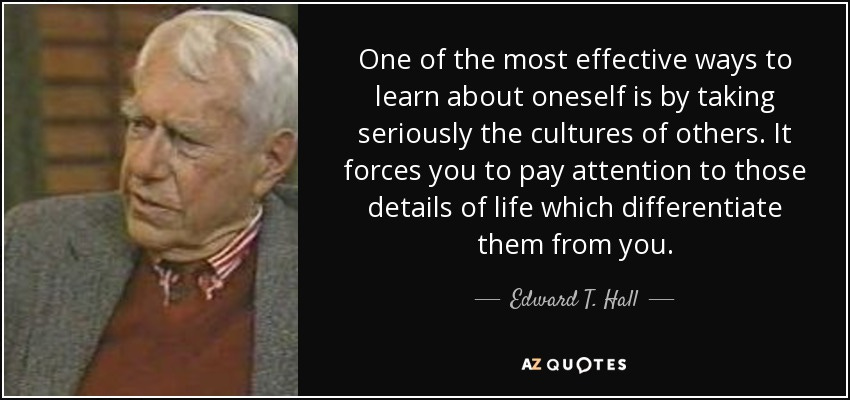Cross-Cultural Strategy: Finding Shared Meanings in a Fragmented World
How to master the art of universality and local relevance to create strategies that connect across cultures.
Introduction: What is Cross-Cultural Strategy, and Why Does It Matter?
Cross-cultural strategy involves the art and science of creating narratives, designs, and experiences that resonate across various cultural landscapes while respecting local cultural traditions. In today’s interconnected world, this approach is more crucial than ever. Brands that overlook cultural nuances risk alienating their audiences, whereas those that embrace and bridge these differences can foster deeper connections and lasting loyalty.
As markets become more globalised, brands face a twofold challenge: identifying universal truths that resonate globally while adapting to the local cultural codes that define individual markets. The key to addressing this challenge lies in understanding sensory and experiential codes beyond language and leveraging cultural frameworks to interpret meaning effectively.
Looking for inspiration on how sensory and experiential codes shape cross-cultural narratives? Don’t miss my latest piece on Semiovox: "Kütür Kütür: The Hidden Language of Textures". This article explores how the delicate balance of lightness, texture, and tone can transform global brand storytelling through ice cream and its cone.
👆🏼👇🏼 High-Context vs. Low-Context Cultures: Foundations of Communication
Edward T. Hall’s concept of high-context and low-context cultures is essential to understanding how cultural systems shape communication. High-context cultures like China, India and Turkey rely heavily on implicit communication, where meaning is often derived from context, relationships, and tradition. Low-context cultures like the United States, the UK and Germany favour explicit communication, prioritising clarity and directness.
👆🏼 High-Context Cultures
Meaning is implicit and requires an understanding of cultural norms and relationships.
Communication is indirect and layered, relying on shared history and symbolism.
Sensory and experiential codes often hold significant weight in messaging.
👇🏼 Low-Context Cultures
Meaning is explicit and requires minimal shared context.
Communication is direct, clear, and focused on facts rather than subtext.
Sensory cues are often secondary to textual or verbal clarity.
Key Takeaway:
Recognising the differences between high-context and low-context cultures is the first step in crafting narratives that align with the cultural mindset of a target audience.
Keep reading with a 7-day free trial
Subscribe to Code Uncovered to keep reading this post and get 7 days of free access to the full post archives.






